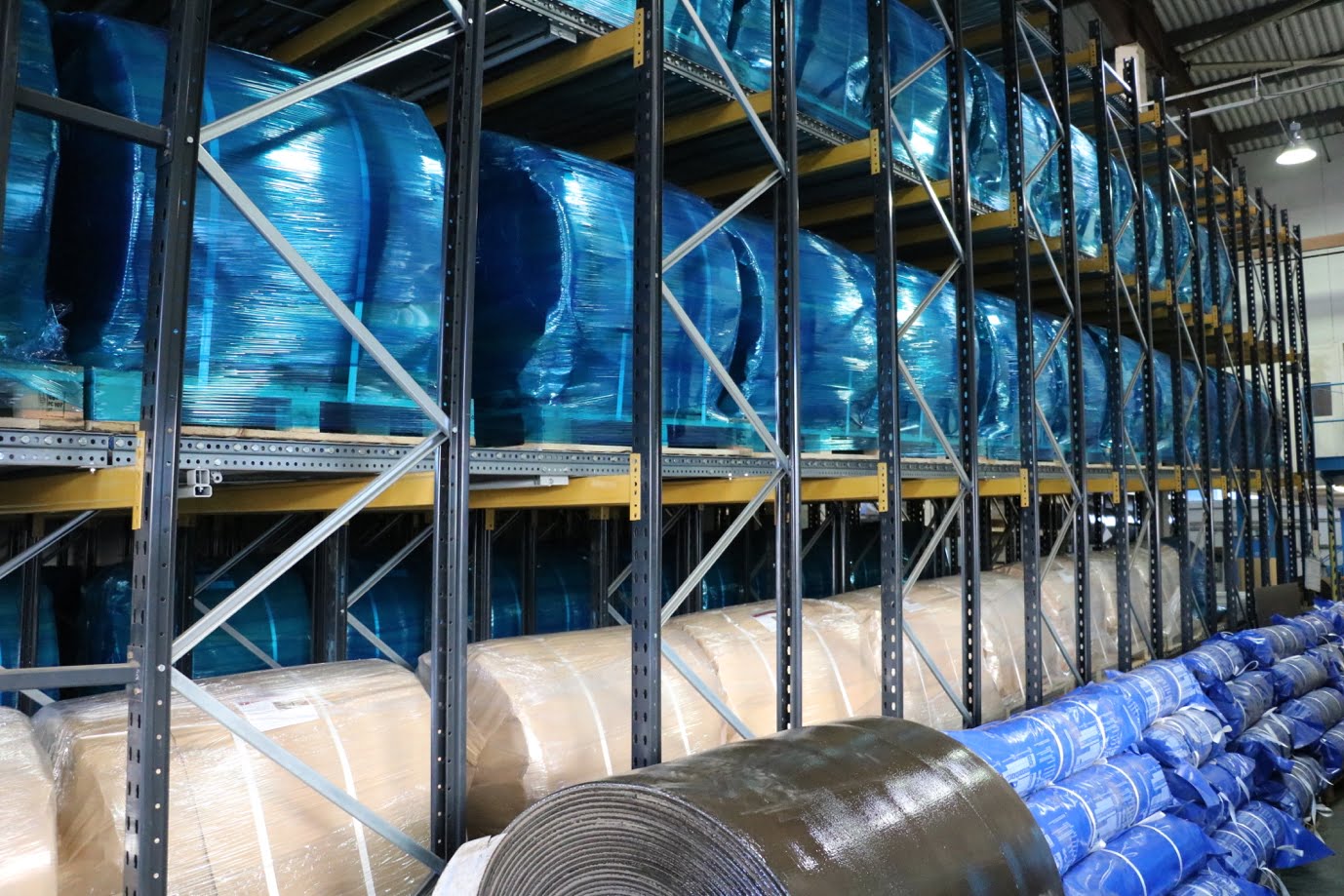Pundits discussing the future of manufacturing have largely focused on huge changes, which invariably involve automation somehow. While there certainly are a number of promising innovations coming out of this field of research, there are also those that are tied to much smaller incremental developments.
Manufacturing pricing optimization technology, for instance, relies on existing marketing software to radically change the way that fabricators do business.
How Manufacturing Pricing Optimization Will Change the Market
Traditionally, managers of manufacturing operations have been forced to guess what prices they should offer different services at. They then have to correct those prices as market forces dictate. By using manufacturing pricing optimization technology, fabricators can get a better idea of what prices they should offer to begin with.
This kind of software uses sophisticated artificial intelligence subroutines to calculate the odds that specific market conditions will occur. It then provides pricing suggestions based on the likely direction of the industry.
In many cases, the difference is only around 10 percent of the original price. This increased accuracy can reduce losses significantly over a long period of time. In fact, some economists are suggesting that this along with other related technologies might help smaller businesses to succeed where they otherwise would have struggled to compete.
The Return of Small Made-to-Order Shops

In the past, many custom automotive components were made by individual body shops. During the glory days of Silicon Valley’s growth years, a number of people started up their own high-tech companies with nothing more than a few friends and a garage to work in.
While the years since have been dominated primarily by larger manufacturing organizations, things are now starting to change. At least one major tech company found that their employees could produce robotics equipment in their own homes during a time where it wasn’t possible for them to visit a proper workshop due to the pandemic. With the proliferation of 3D printing technology as well as the ability for coders to download entire open-source manufacturing algorithms off of the web, there’s no reason that anyone with sufficient seed capital shouldn’t be able to start their own manufacturing operation.
Open-source code has also changed the manufacturing landscape in other ways as well.
Hardware that Anyone can Reproduce
While the term open-source original referred exclusively to code, it has increasingly been attached to various hardware projects. Perhaps some of the more interesting ones are related to self-replicating machine tools that anyone can make as long as they have access to an original device at some point.
Some engineers have generously elected to donate their designs to the whole world, which means that any plans they might have released are usable by any individual who has the equipment to do so. That doesn’t necessarily mean that every single person with a technical background can start their own manufacturing operation tomorrow. However, those who might have specialized skills but wouldn’t have otherwise entered the field will now find that they have a surprisingly low barrier to entry.
That should really change the industry over the next few years.



